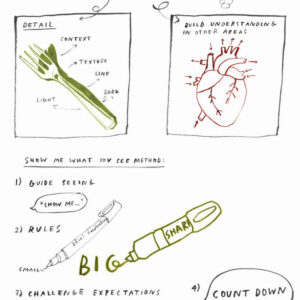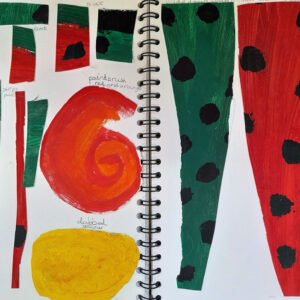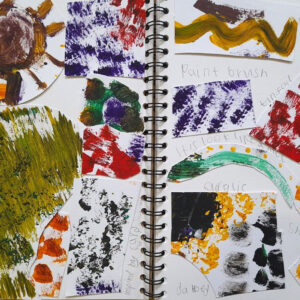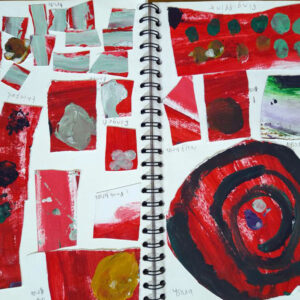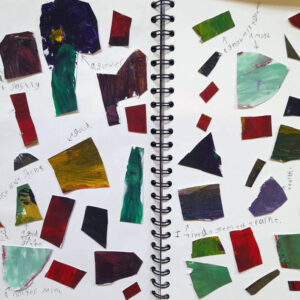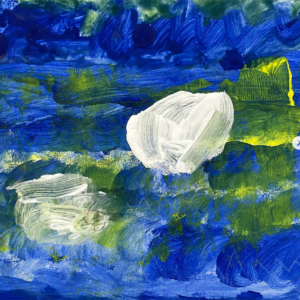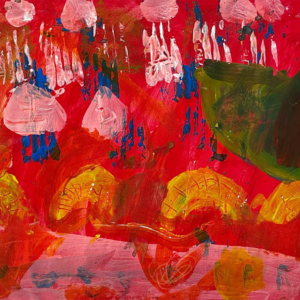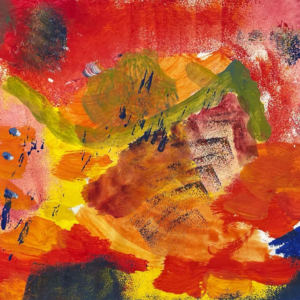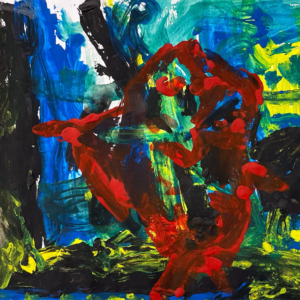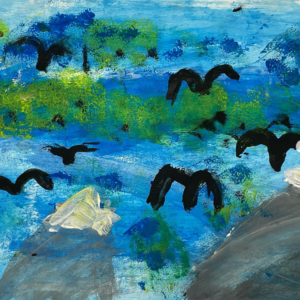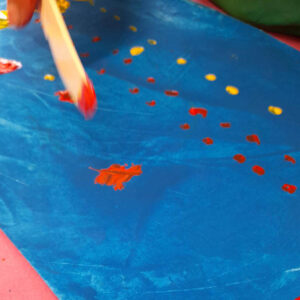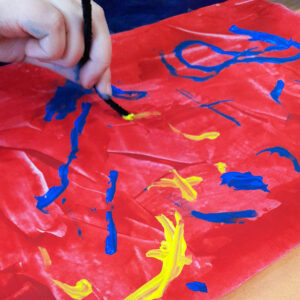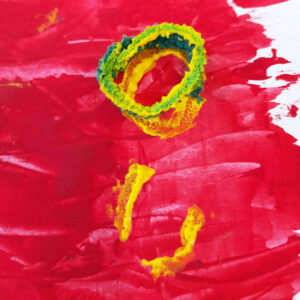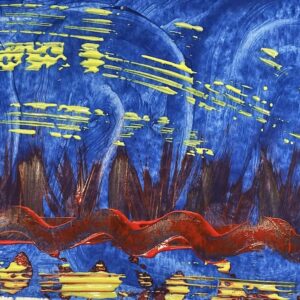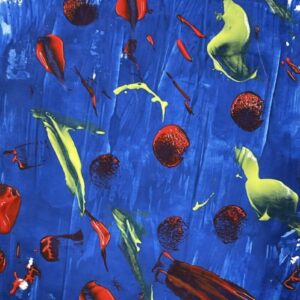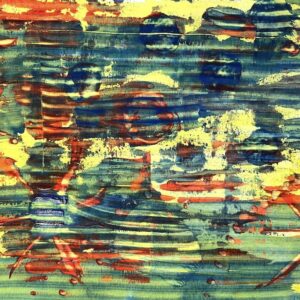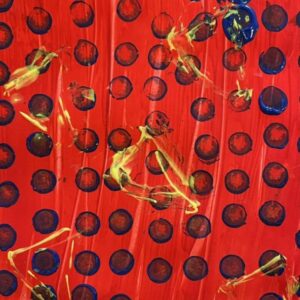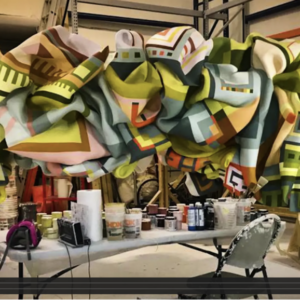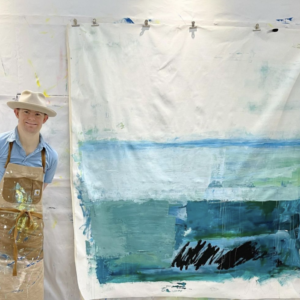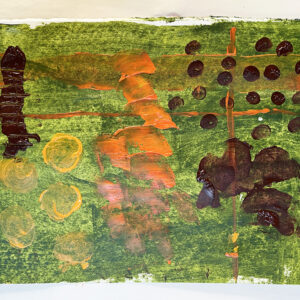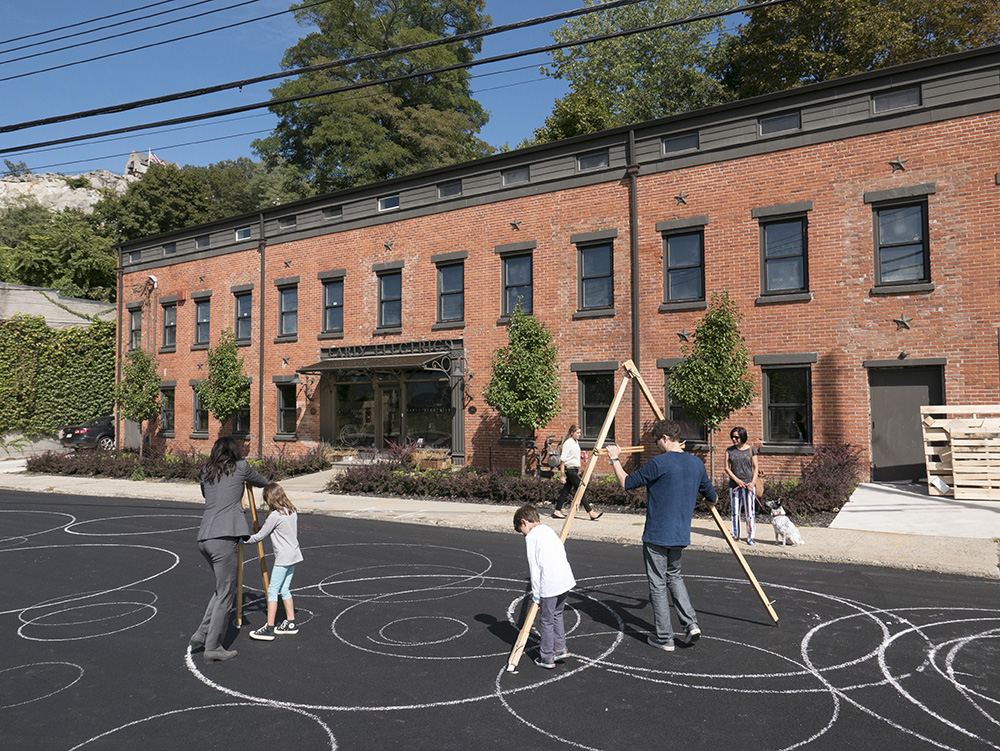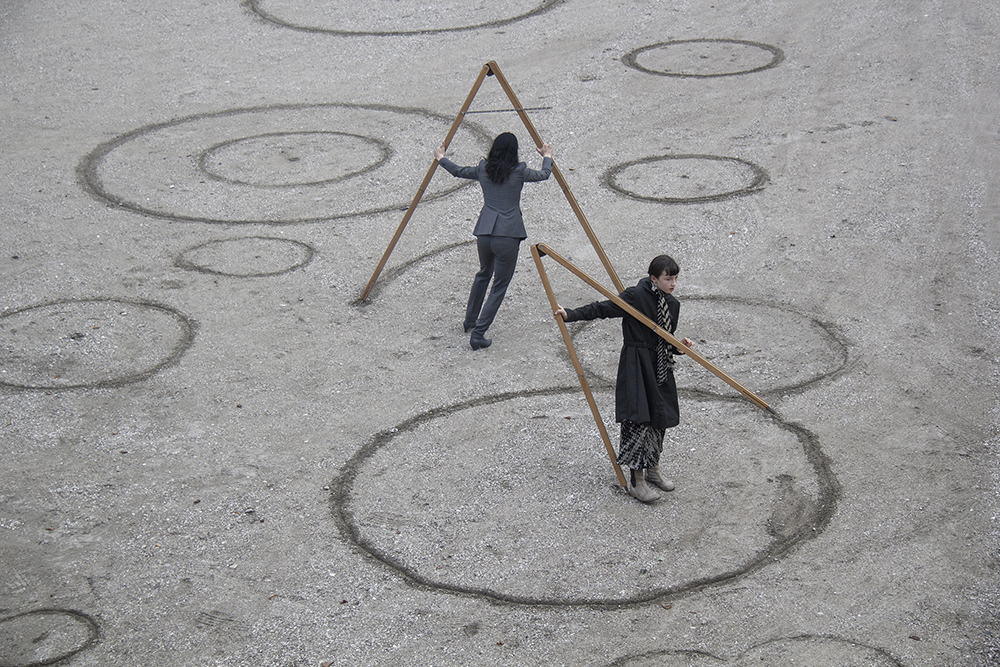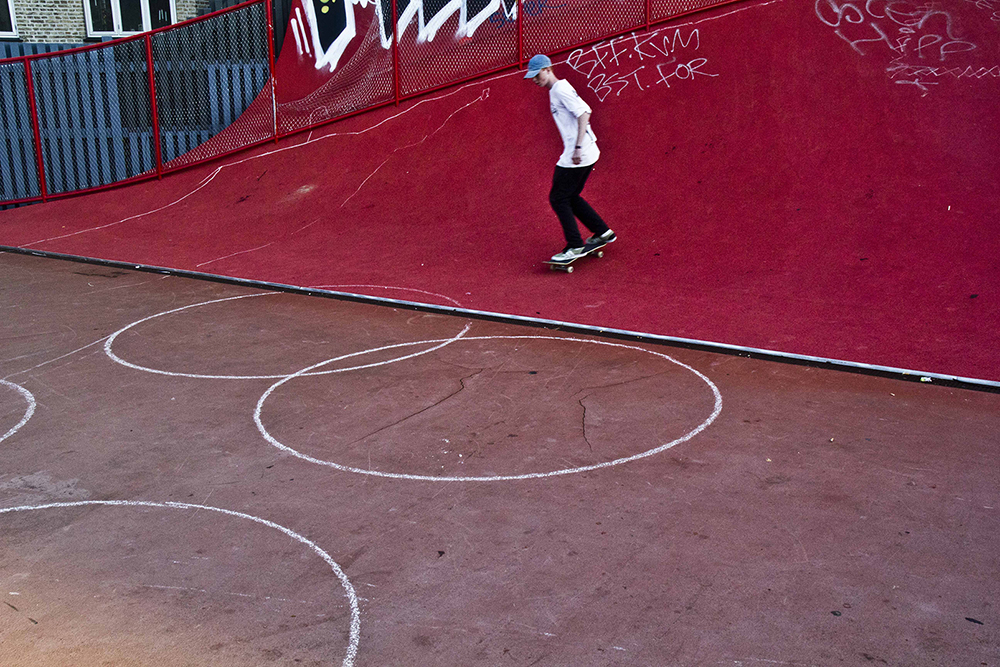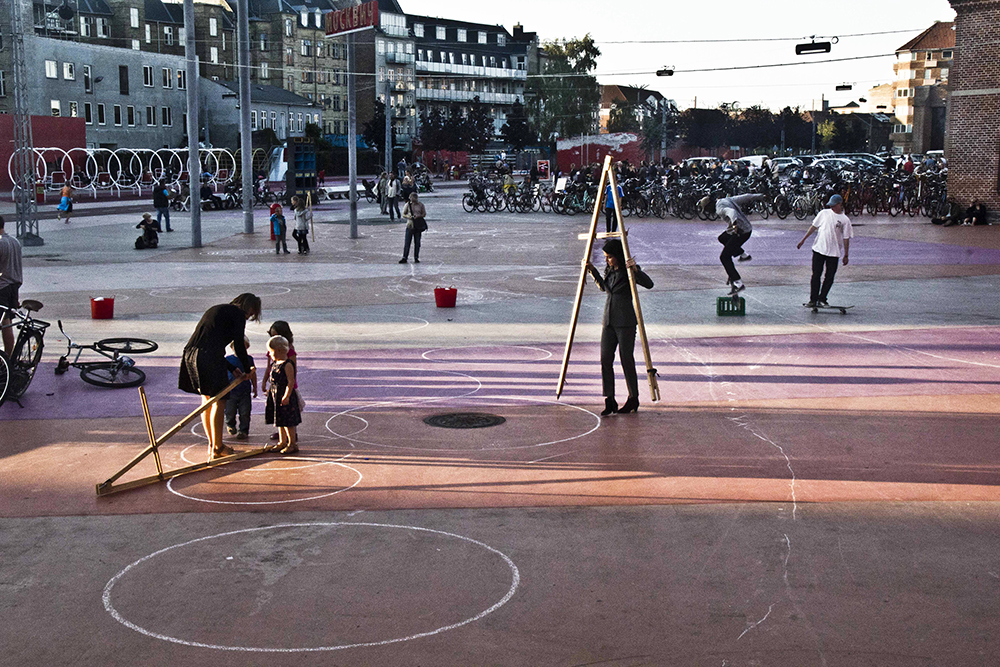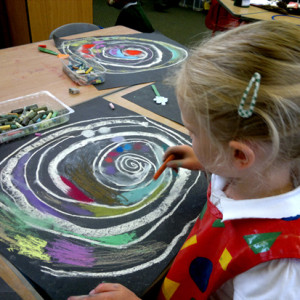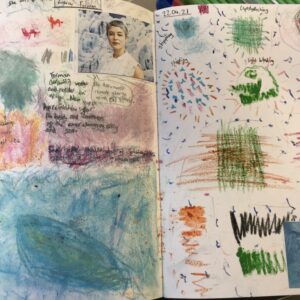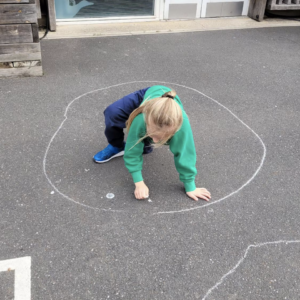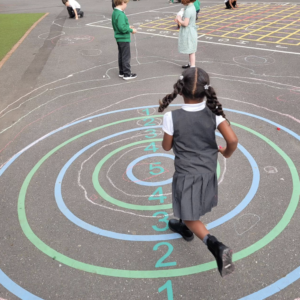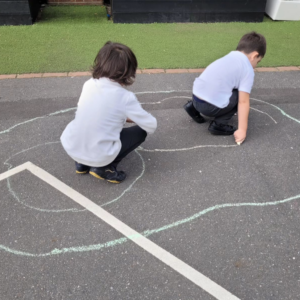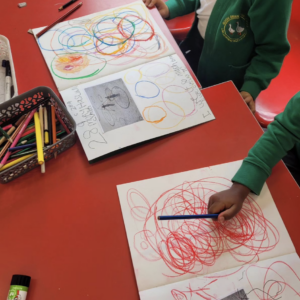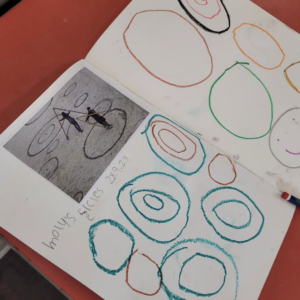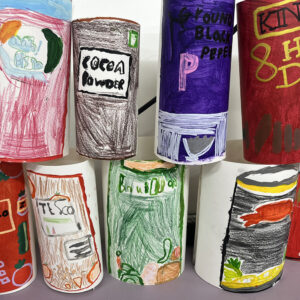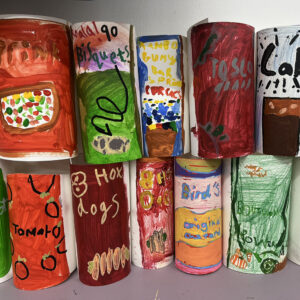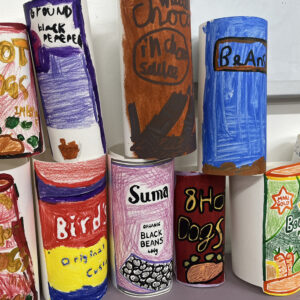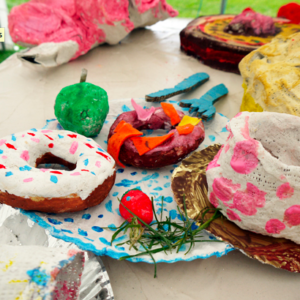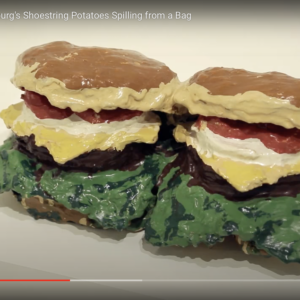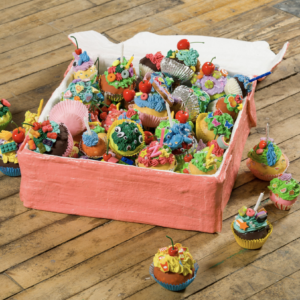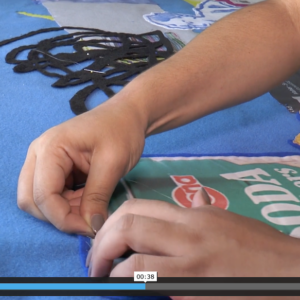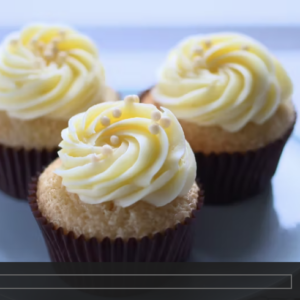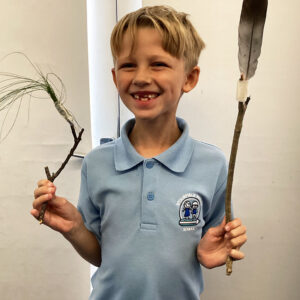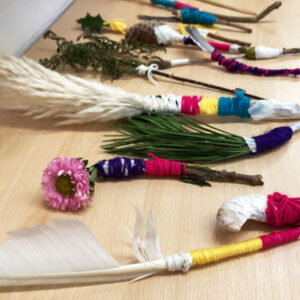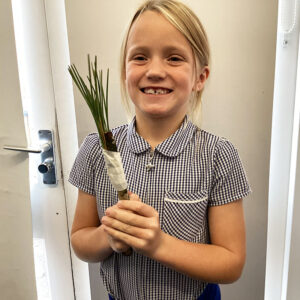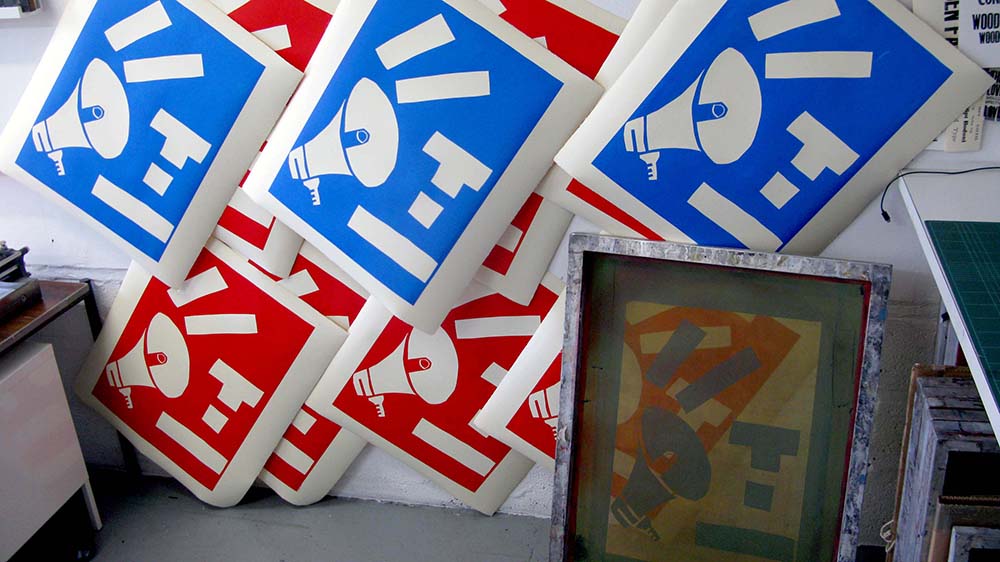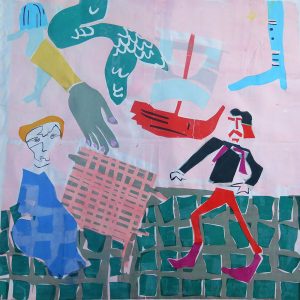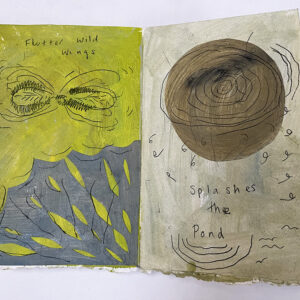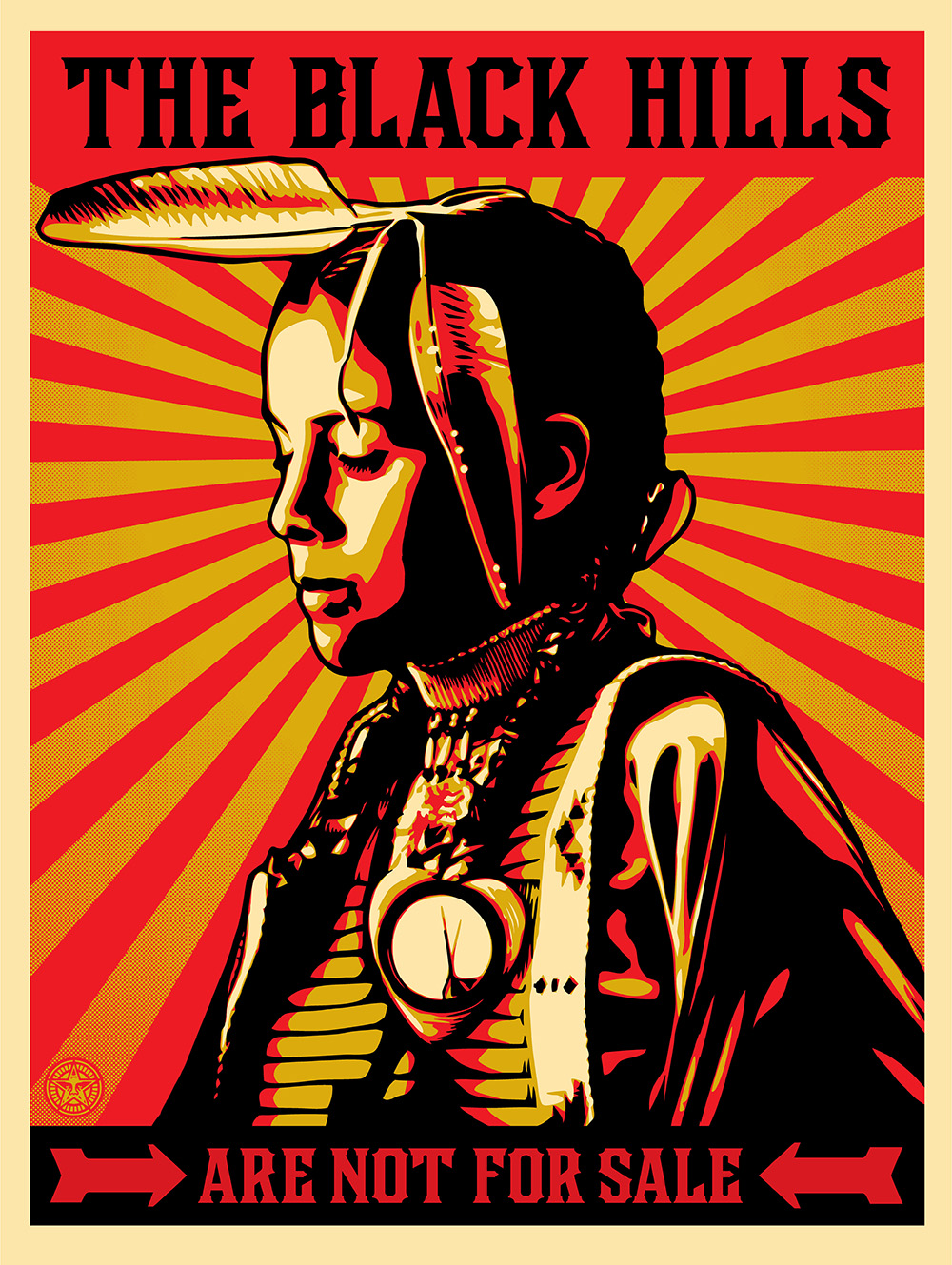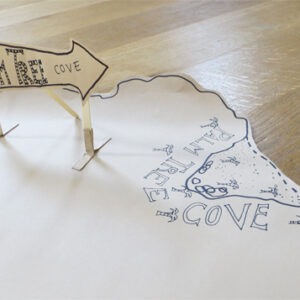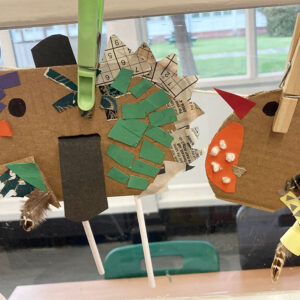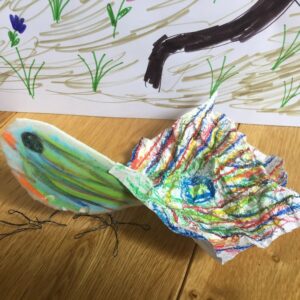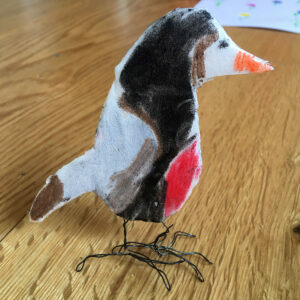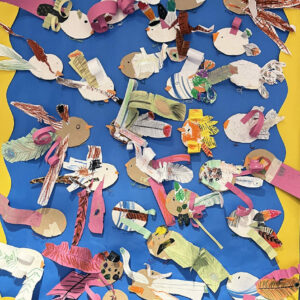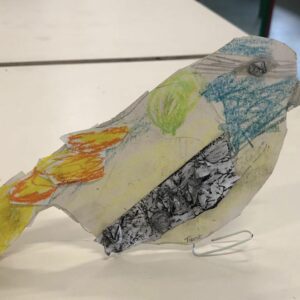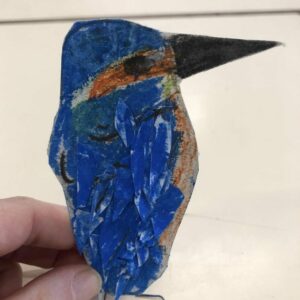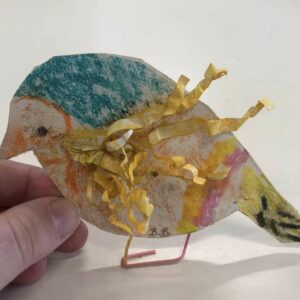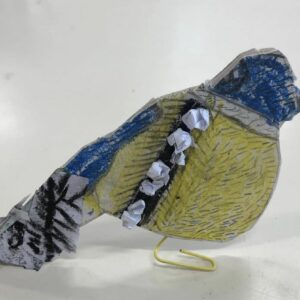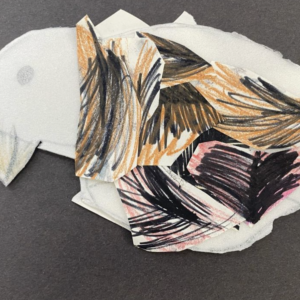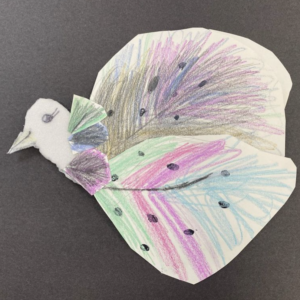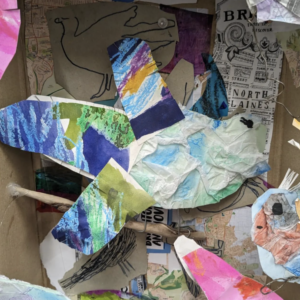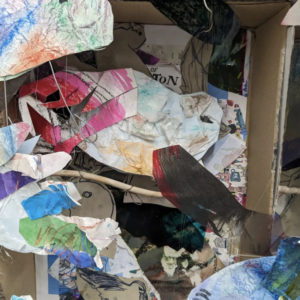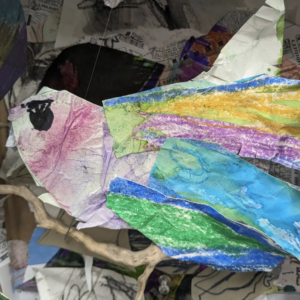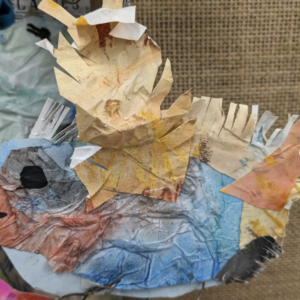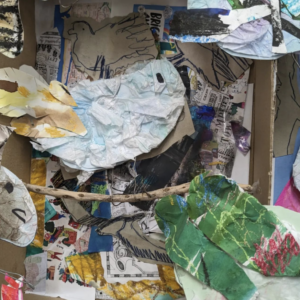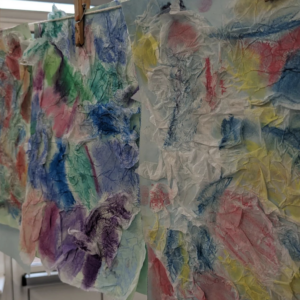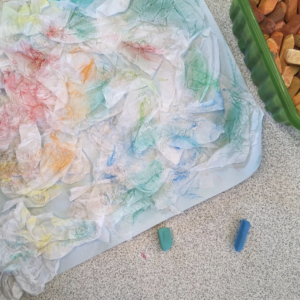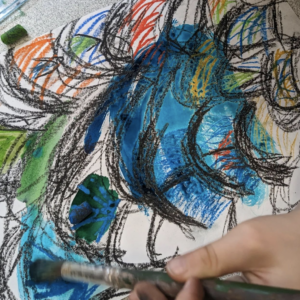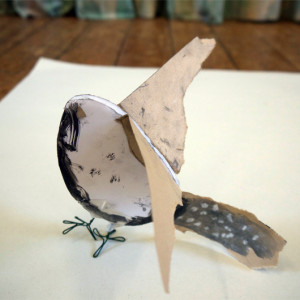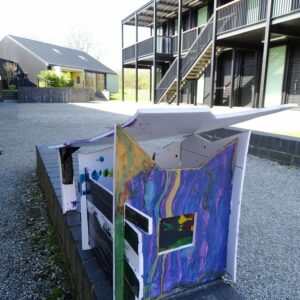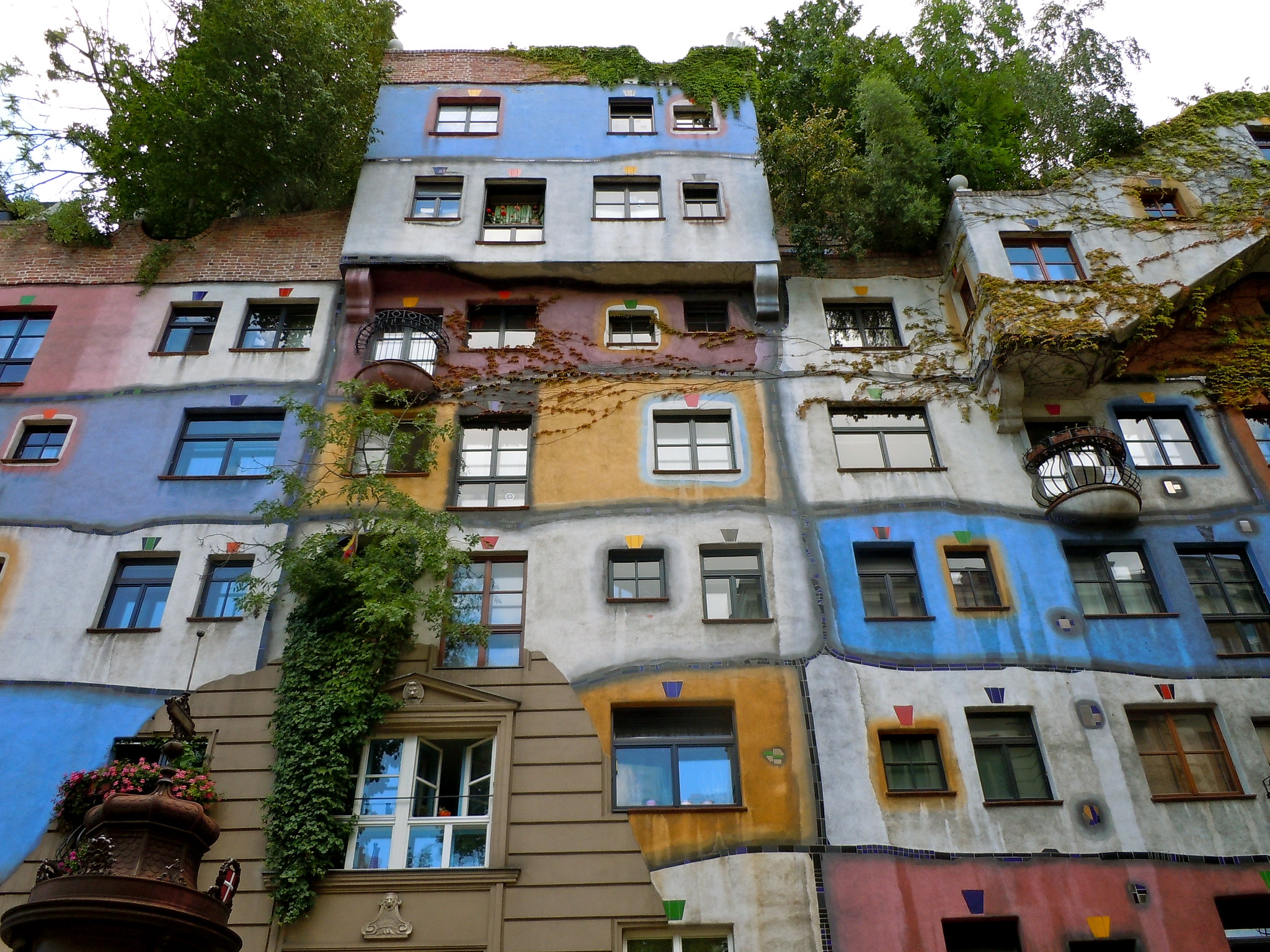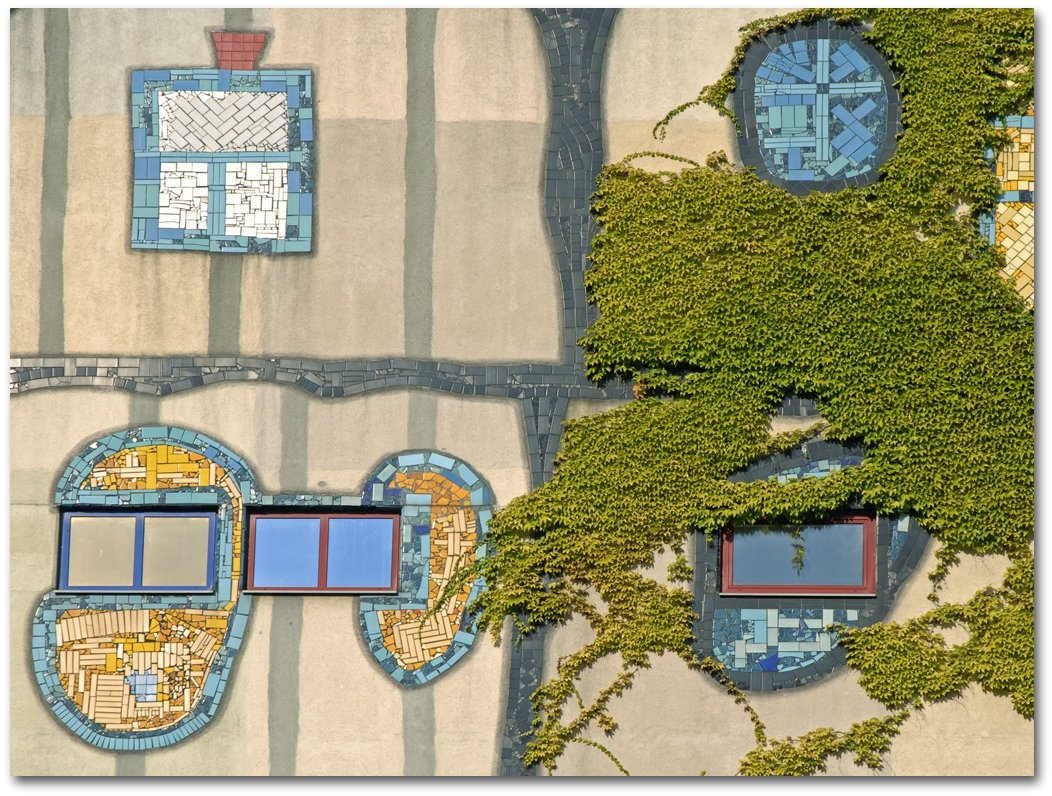A collection of imagery and sources designed to stimulate conversation around the work of Charlie French.
Please note that this page contains links to external websites and has videos from external websites embedded. At the time of creating, AccessArt checked all links to ensure content is appropriate for teachers to access. However external websites and videos are updated and that is beyond our control.
Please let us know if you find a 404 link, or if you feel content is no longer appropriate.
We strongly recommend as part of good teaching practice that teachers watch all videos and visit all websites before sharing with a class. On occasion there may be elements of a video you would prefer not to show to your class and it is the teacher’s responsibility to ensure content is appropriate. Many thanks.
*If you are having issues viewing videos it may be due to your schools firewall or your cookie selection. Please check with your IT department.*
This resource is free to access and is not a part of AccessArt membership.






Charlie French
“I embrace a blank canvas with a sense of wonder and adventure.”
Charlie French is an abstract painter, living in London.
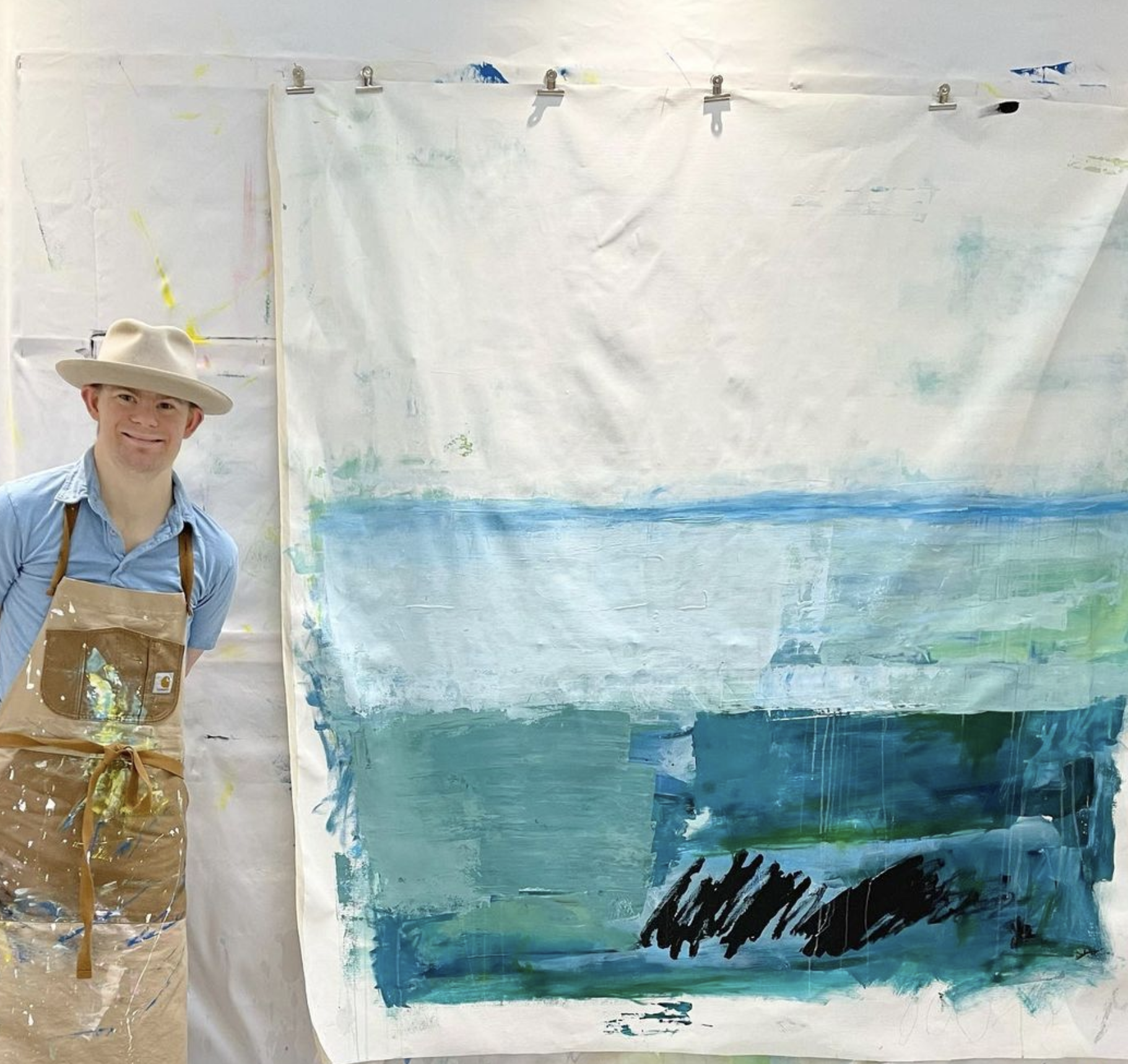
In the Fathoms Below, copyright Charlie French
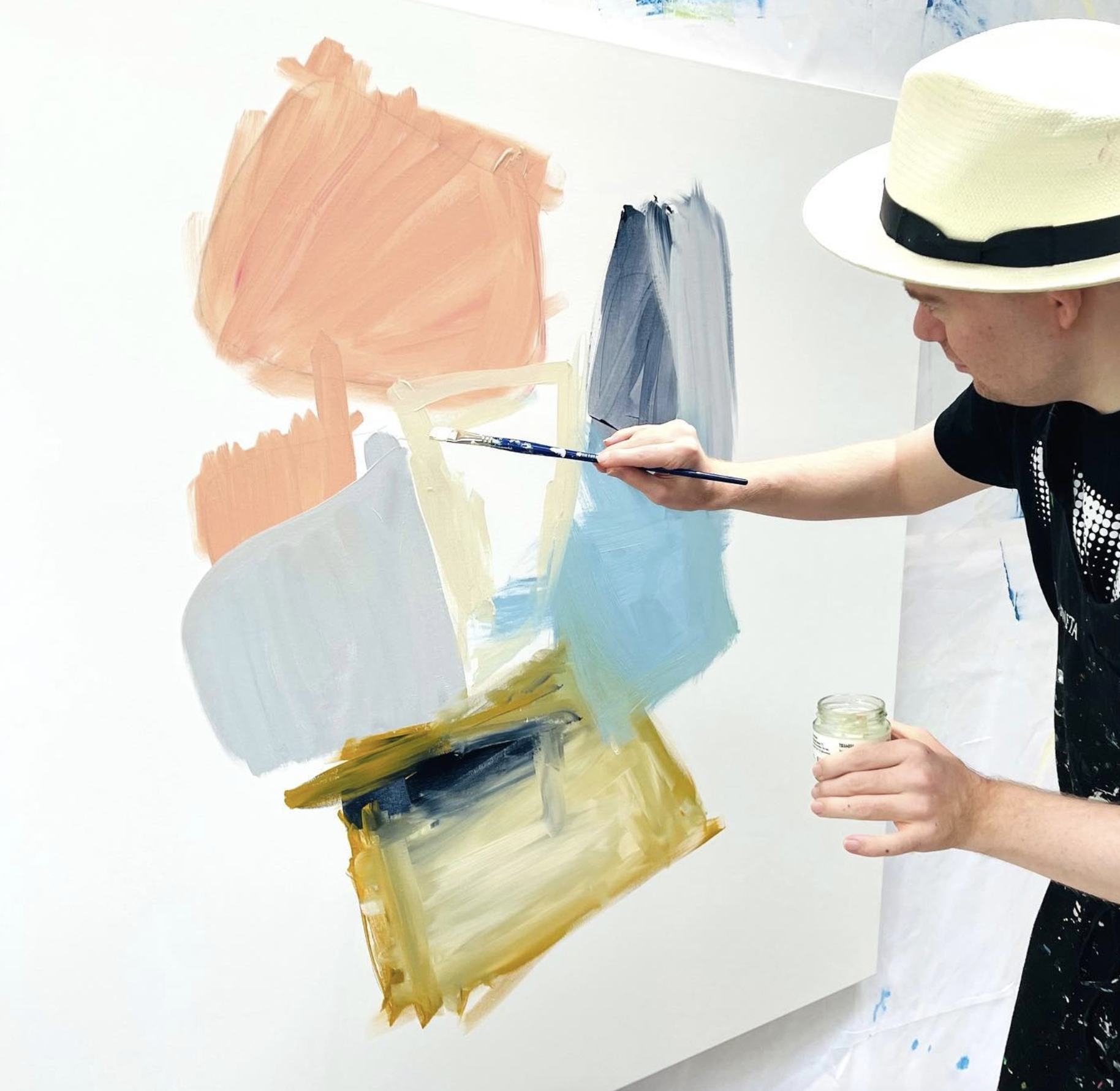
“What inspires you?”
“I am asked that question a lot. And I think there are obvious ones you see in my series: Disney movies, music, the ocean, the beautiful world I see, my happy memories and an imagination that cracks me up.
And lots of times I am inspired simply by my love of COLORS and SHAPES. I pick my colour palette and just paint.
The truth is that every day is different. But I am most happy when I can walk up to a canvas and let go. I am free. Freedom in life is very important. Don’t you think, Friends???”
Copyright Charlie French
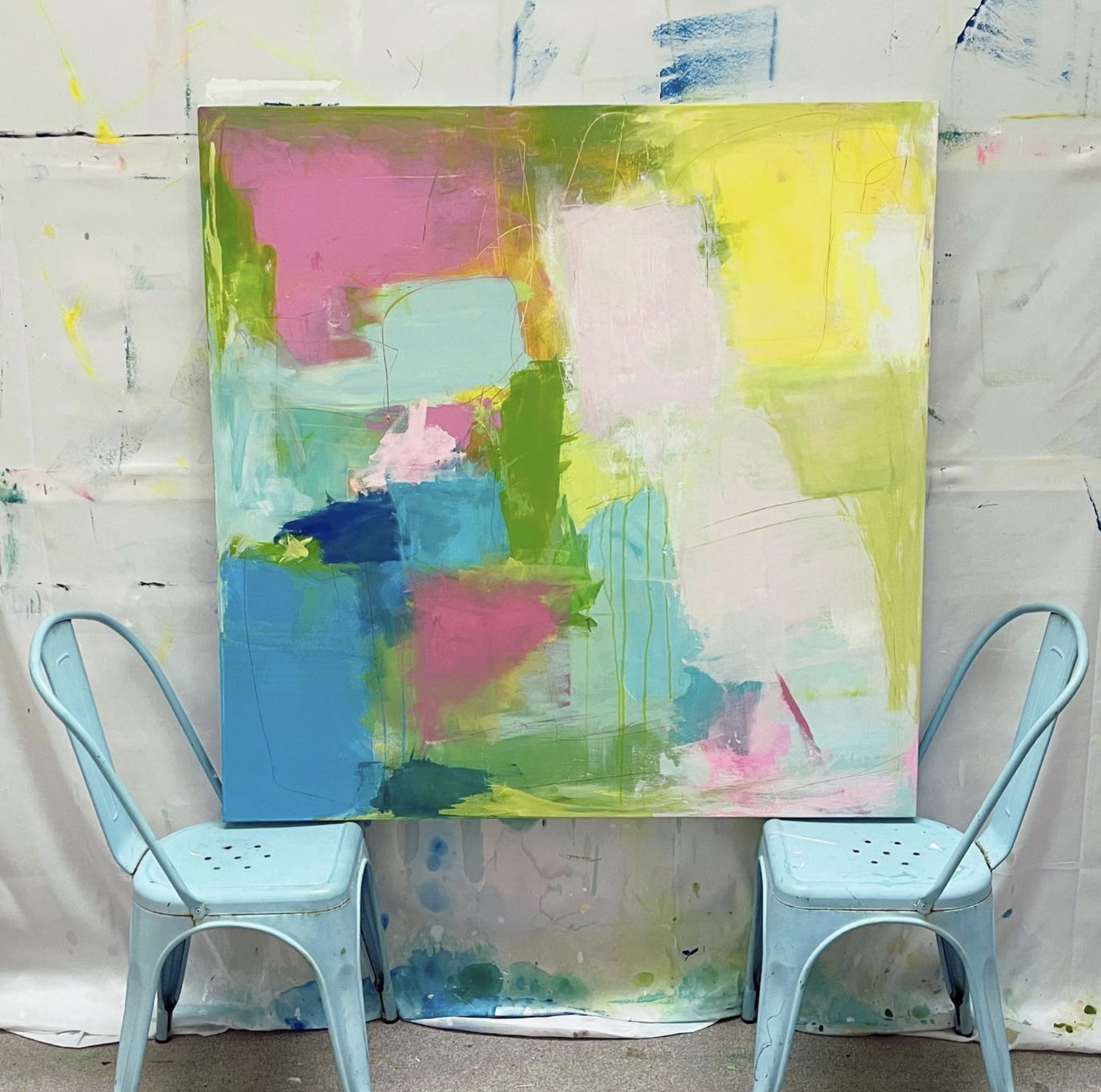
Copyright Charlie French
Questions to Ask Children
How would you describe Charlie’s work?
How does it make you feel?
How would you describe the colours?
Charlie thinks it’s important to feel free and have the space to explore in your artwork. Would you agree? Have you ever felt like that? How do you think he lets himself feel like that?
When Charlie puts the paint on the canvas, what kinds of movements does he make with his body? Can you do “air painting” and move your arm as you think he did to apply the paint? Stand up!
This Talking Points Is Used In…
Pathway: Expressive Painting
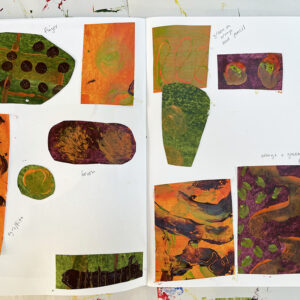
using sketchbooks to make visual notes
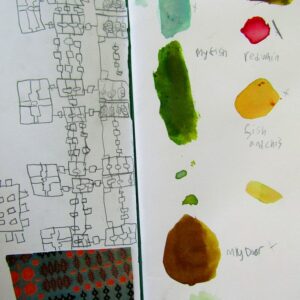
Show me what you see
